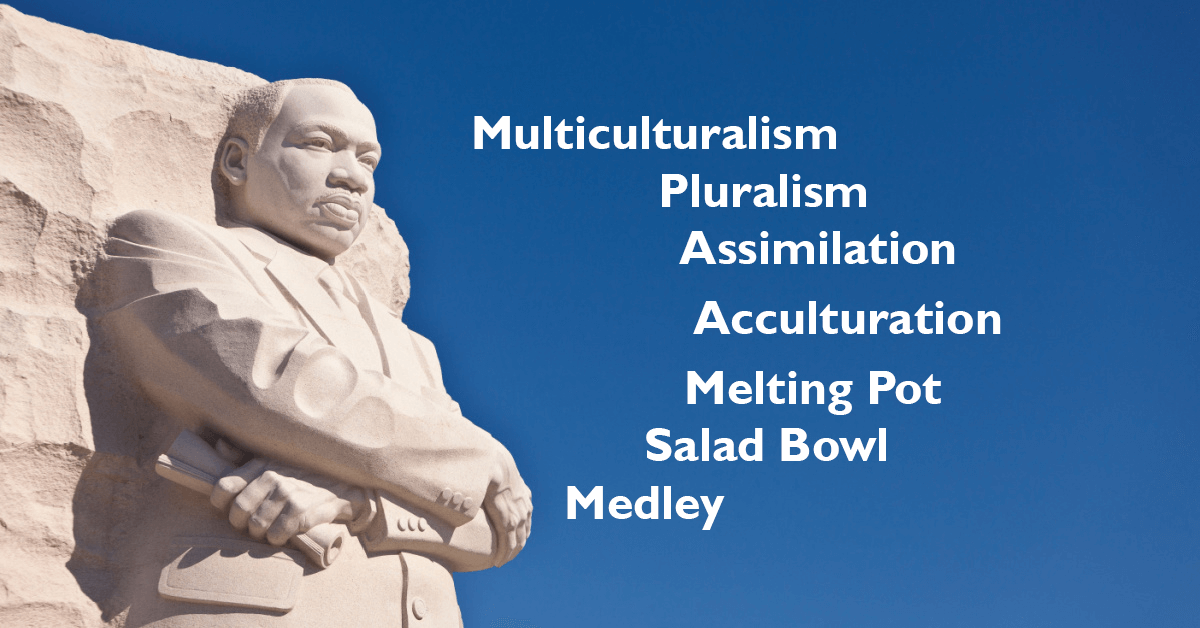January 15, 2024
The SFO airport taxi driver took a drag from his cigarette, his elbow leaning out of the window, and casually remarked, “Where are you guys from originally?” It was September 1993, we had just got married and arrived to start jobs in San Francisco. It was my first time living in the US. Before I could respond, I heard my wife respond, “We are Indians”. I looked askance with a “what” expression on my face (we are both ethnically Sri Lankan), and she responded with an icy glare that said, “Relax. I was born here and this is the best way to shorten the conversation.” The taxi driver took another drag from his hand-rolled tobacco fix. Then stretching his hand in an arc out of the window and pointing to the hills, he said, “Cool dudes… just imagine hundreds of years ago, this was all yours.” And so it had begun, my journey into the confused and odd experience of American identity formation.
When I was a small boy my father often quoted Martin Luther King Jr.’s well-known statement on being judged not by the color of your skin but on one’s character and quality of…

